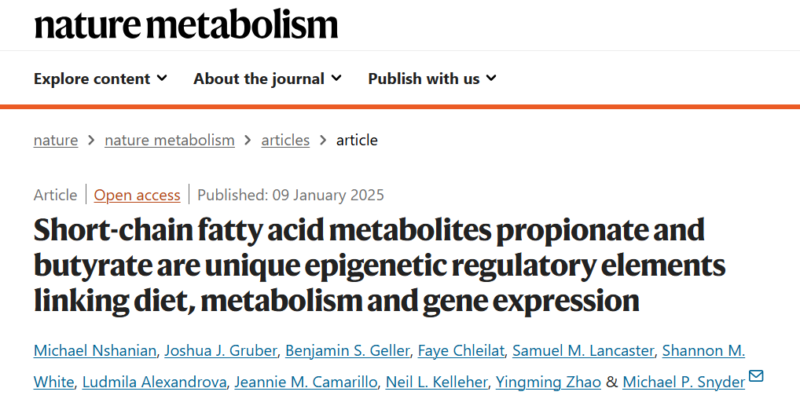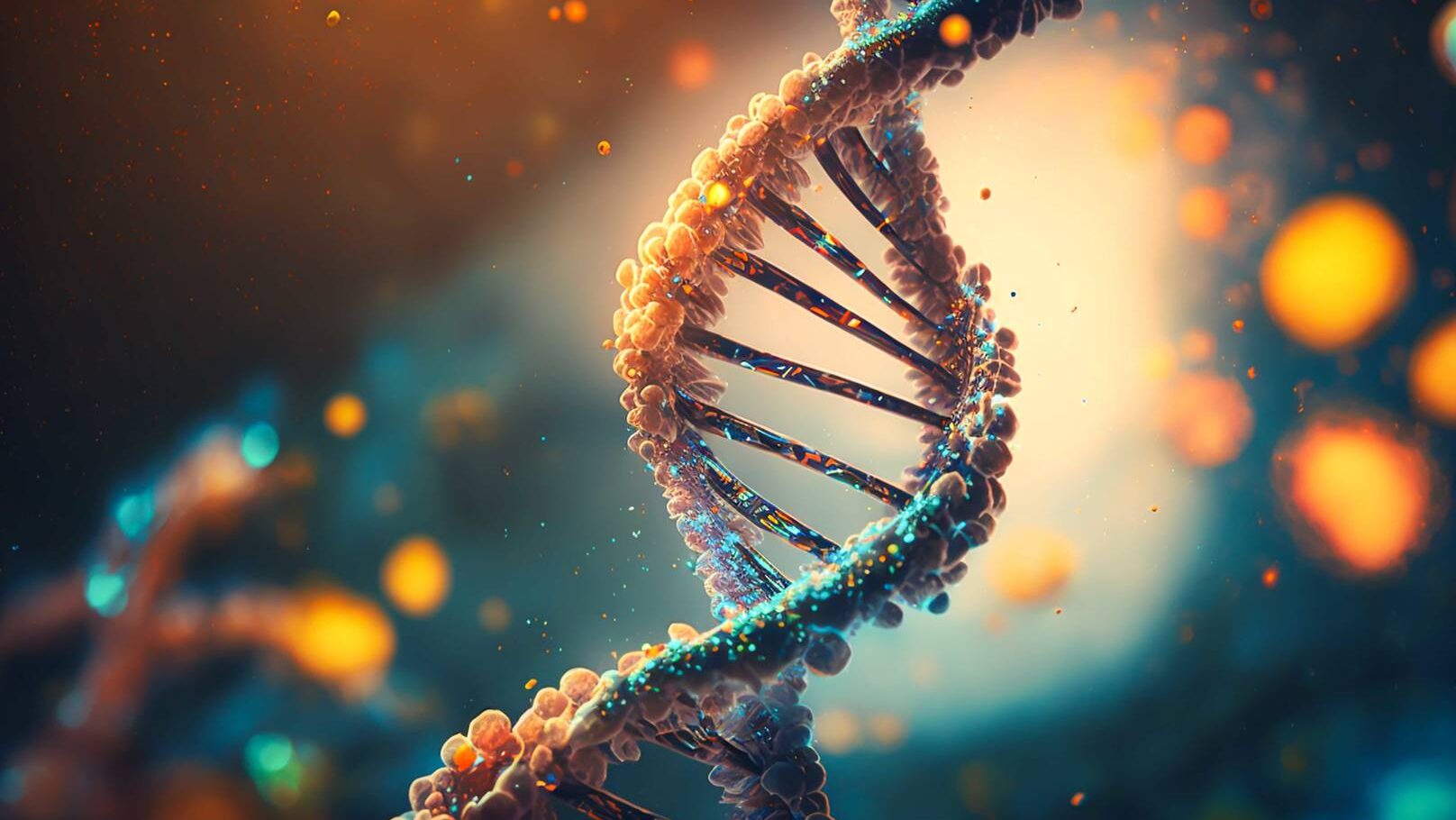A new study from Stanford Medicine, published in Nature Metabolism on January 9, titled “Short-chain fatty acid metabolites propionate and butyrate are unique epigenetic regulatory elements linking diet, metabolism and gene expression” highlighted the significant health benefits of fiber consumption.
Authors: Michael Nshanian, Joshua J. Gruber, Benjamin S. Geller, Faye Chleilat, Samuel M. Lancaster, Shannon M. White, Ludmila Alexandrova, Jeannie M. Camarillo, Neil L. Kelleher, Yingming Zhao, Michael P. Snyder

Despite fiber being a crucial part of a healthy diet, fewer than 10% of Americans consume the recommended amount. The study identified the direct epigenetic effects of two common byproducts of fiber digestion. Interestingly, the research found that some of the alterations in gene expression linked to these byproducts may have anti-cancer effects, further emphasizing the importance of including fiber-rich foods like beans, nuts, cruciferous vegetables, and avocados in our diet.
More About the Study
This study investigates the beneficial health effects of short-chain fatty acids (SCFAs) like propionate and butyrate, which are produced in large amounts by microbial metabolism. These SCFAs have been identified as unique acyl lysine histone marks. The researchers aimed to understand the function of these modifications by using chromatin immunoprecipitation (ChIP) followed by sequencing to map the genome-wide location of four specific short-chain acyl histone marks (H3K18pr, H3K18bu, H4K12pr, and H4K12bu) in both treated and untreated colorectal cancer (CRC) cells, normal cells, and mouse intestines in vivo.
The study identified that these marks were associated with open chromatin regions and gene expression, helping the researchers assess the function of the target regions. The data revealed that propionate and butyrate promote the expression of genes related to growth, differentiation, and ion transport. The researchers proposed a mechanism where SCFAs directly modify specific genomic regions, resulting in increased chromatin accessibility. Importantly, the study also showed that butyrate had differential effects on the proliferation of normal cells versus CRC cells, suggesting a potential therapeutic mechanism for SCFAs in regulating cancer cell growth.
One of the Authors of the Study Michael P. Snyder, Director of Center for Genomics and Personalized Medicine at Stanford University School of Medicine, added:
“We found a direct link between eating fiber and modulation of gene function that has anti-cancer effects, and we think this is likely a global mechanism because the short-chain fatty acids that result from fiber digestion can travel all over the body. It is generally the case that people’s diet is very fiber poor, and that means their microbiome is not being fed properly and cannot make as many short-chain fatty acids as it should. This is not doing our health any favors.”
About Fiber
Fiber is a natural or artificial substance characterized by its significant length compared to its width. Fibers are essential in the manufacture of various materials, and some of the strongest engineering materials incorporate fibers, such as carbon fiber and ultra-high-molecular-weight polyethylene, known for their strength and durability.
Natural fibers include plant-based fibers (e.g., cotton, hemp, flax), which are primarily composed of cellulose and used in textiles and paper production. Wood fibers come from trees and are used in products like paper and engineered wood. Animal fibers, such as wool and silk, consist of proteins and are used in textiles, while mineral fibers like asbestos are the only naturally occurring long mineral fibers with industrial applications.

Artificial fibers are created by modifying the chemical composition, structure, and properties of materials during manufacturing. These are categorized into regenerated fibers and synthetic fibers, and in the fashion industry, fibers are spun into threads or strands to be woven or knitted into fabrics. Synthetic fibers are produced cheaply and in large quantities, offering benefits over natural fibers in certain applications, although natural fibers offer advantages such as comfort.

